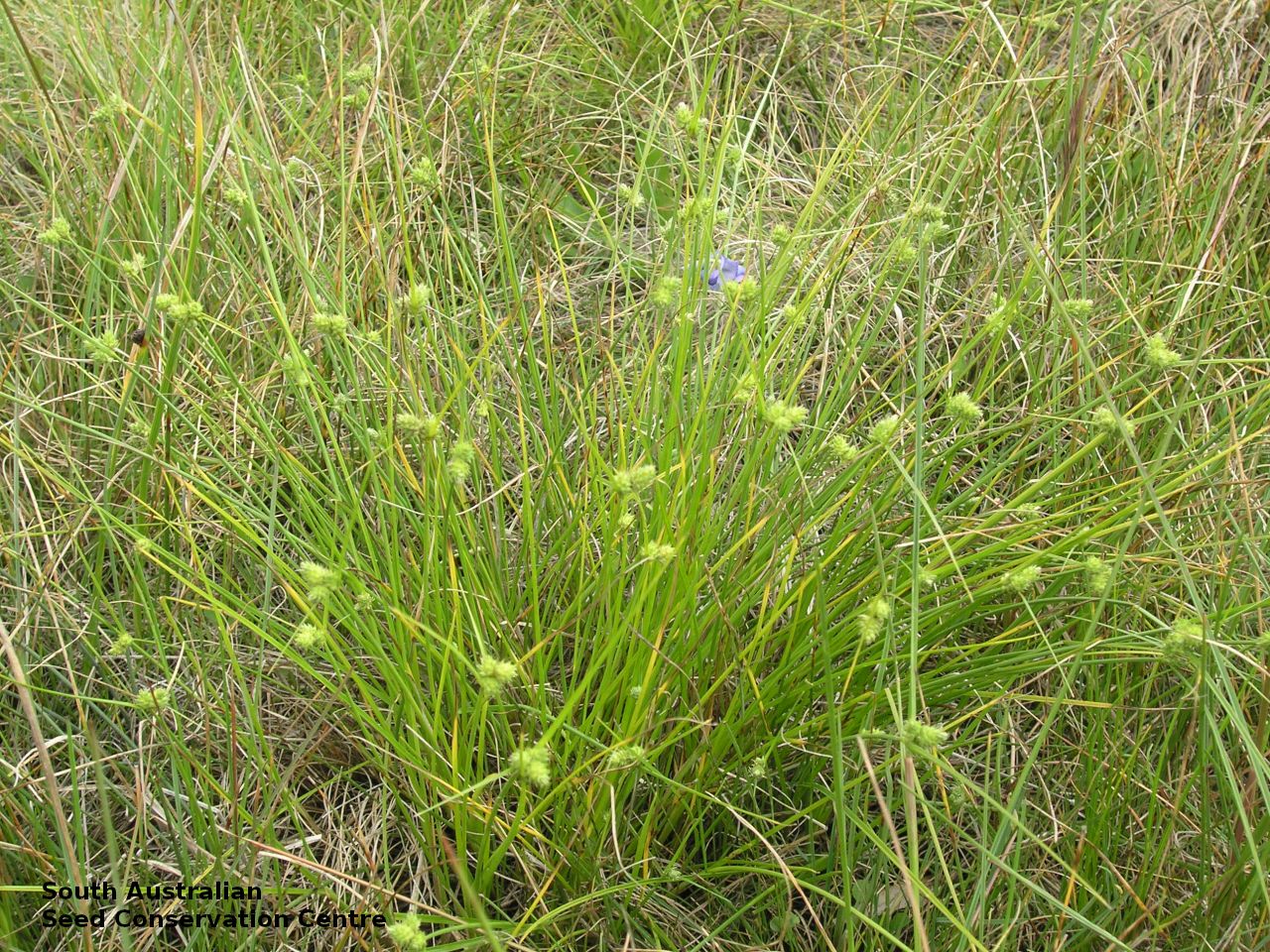
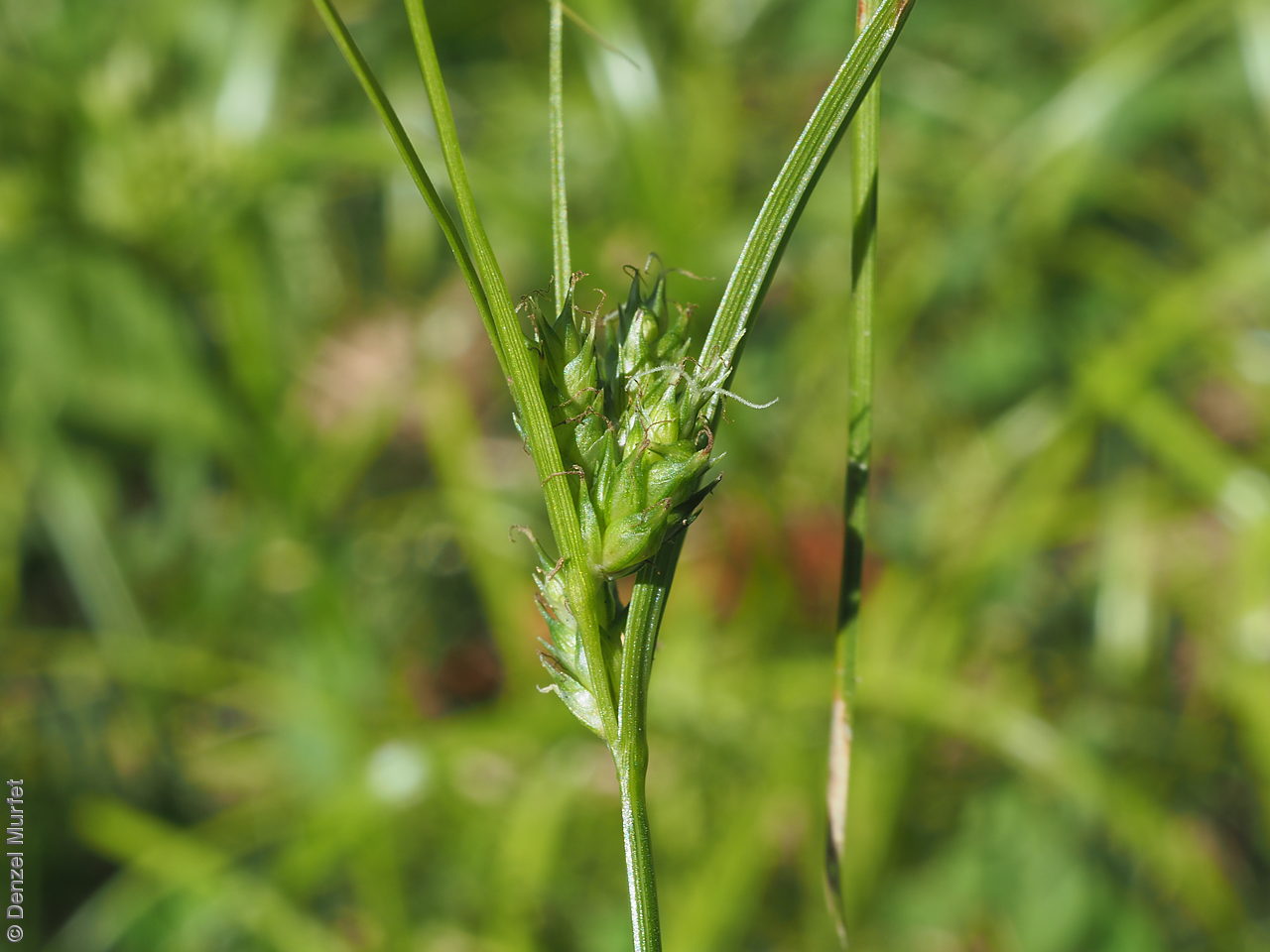
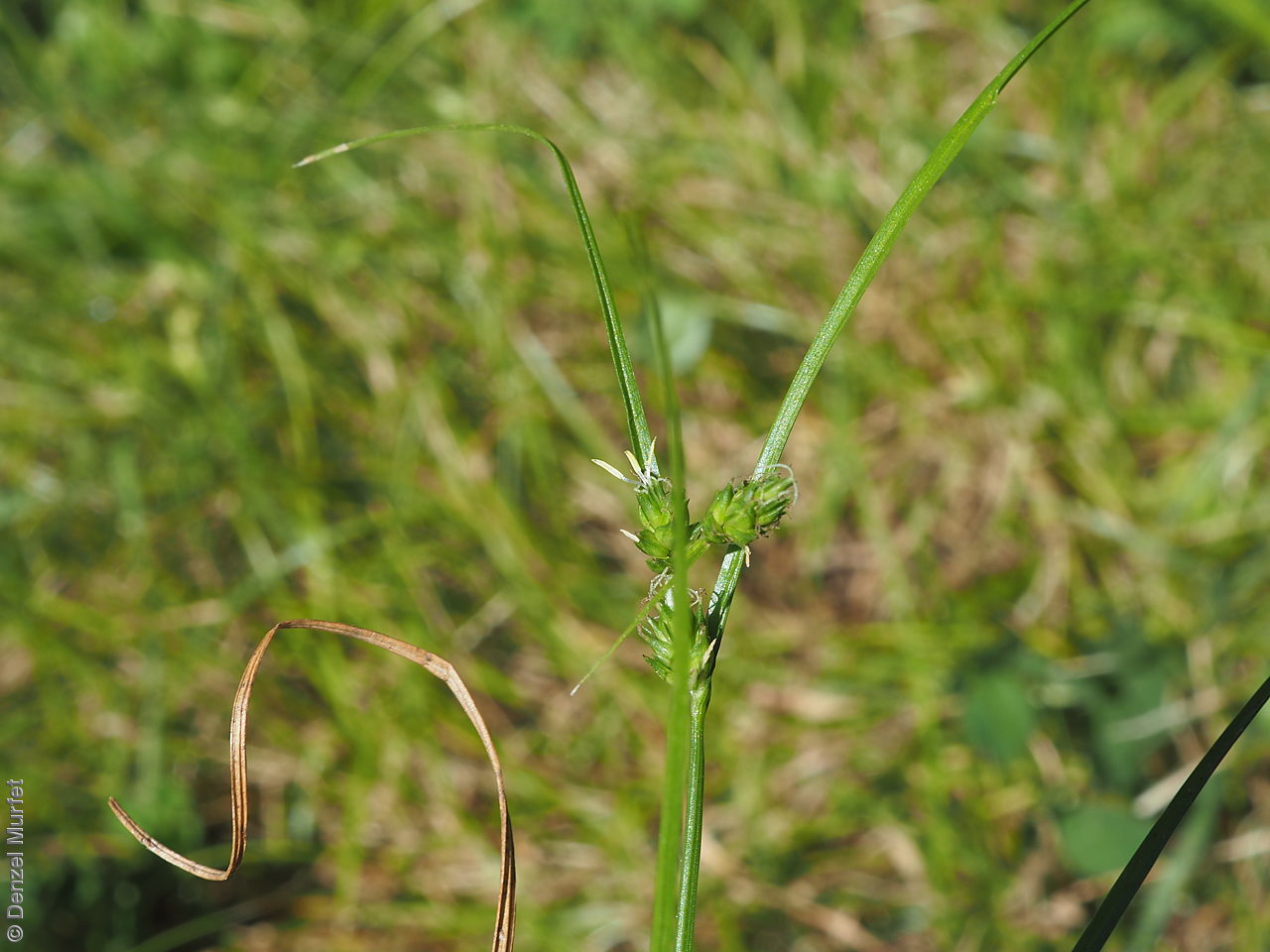
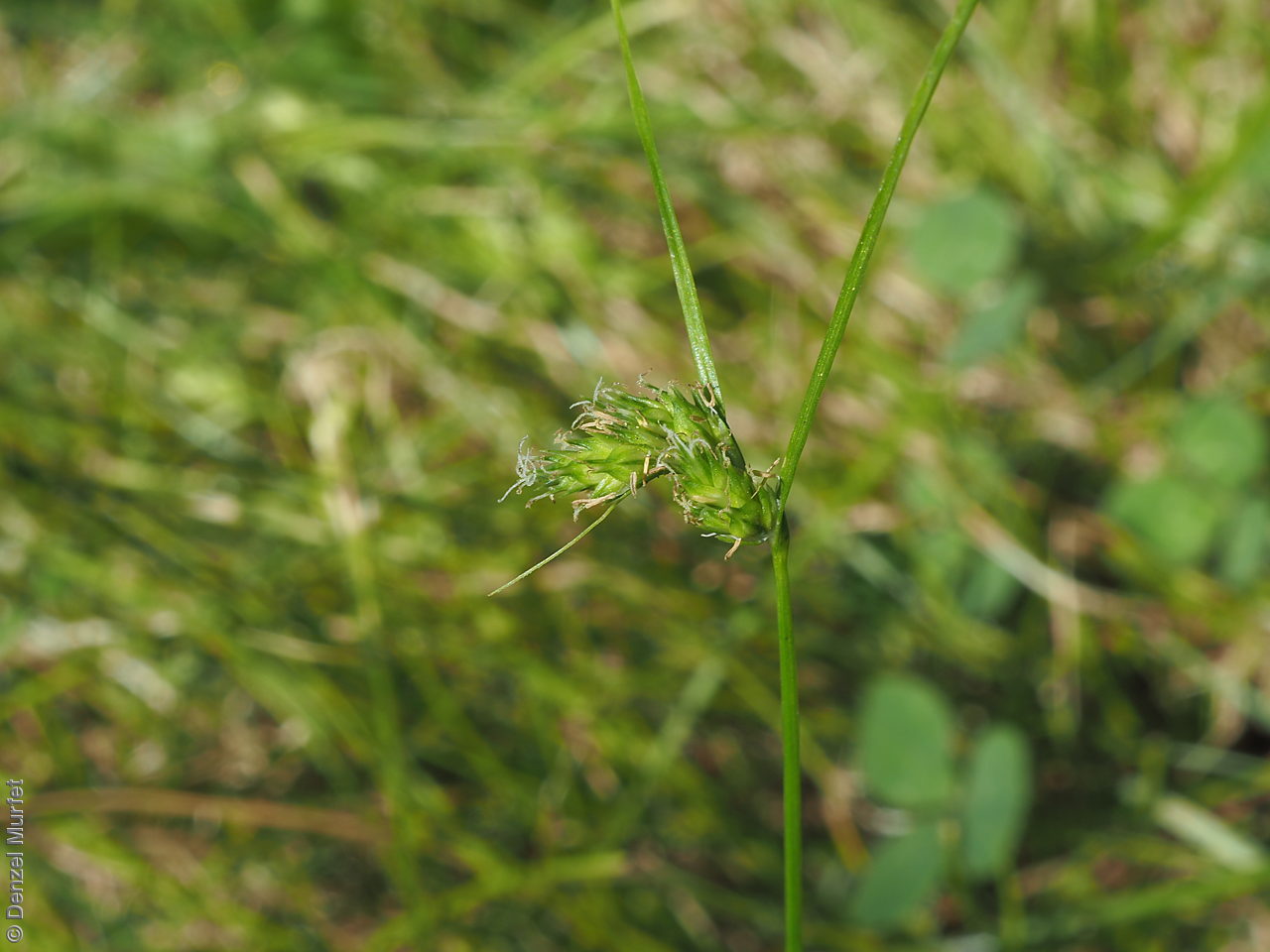
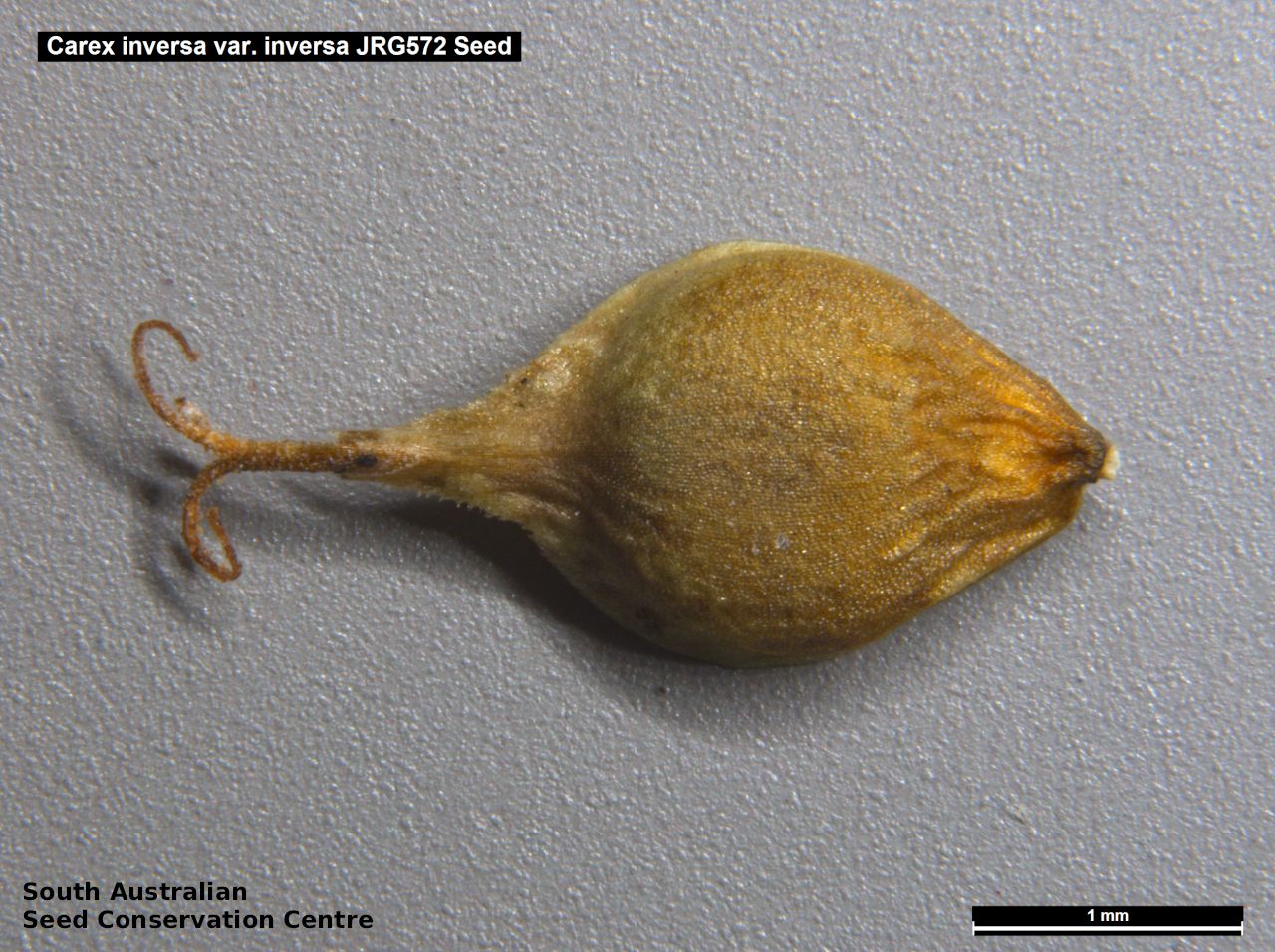
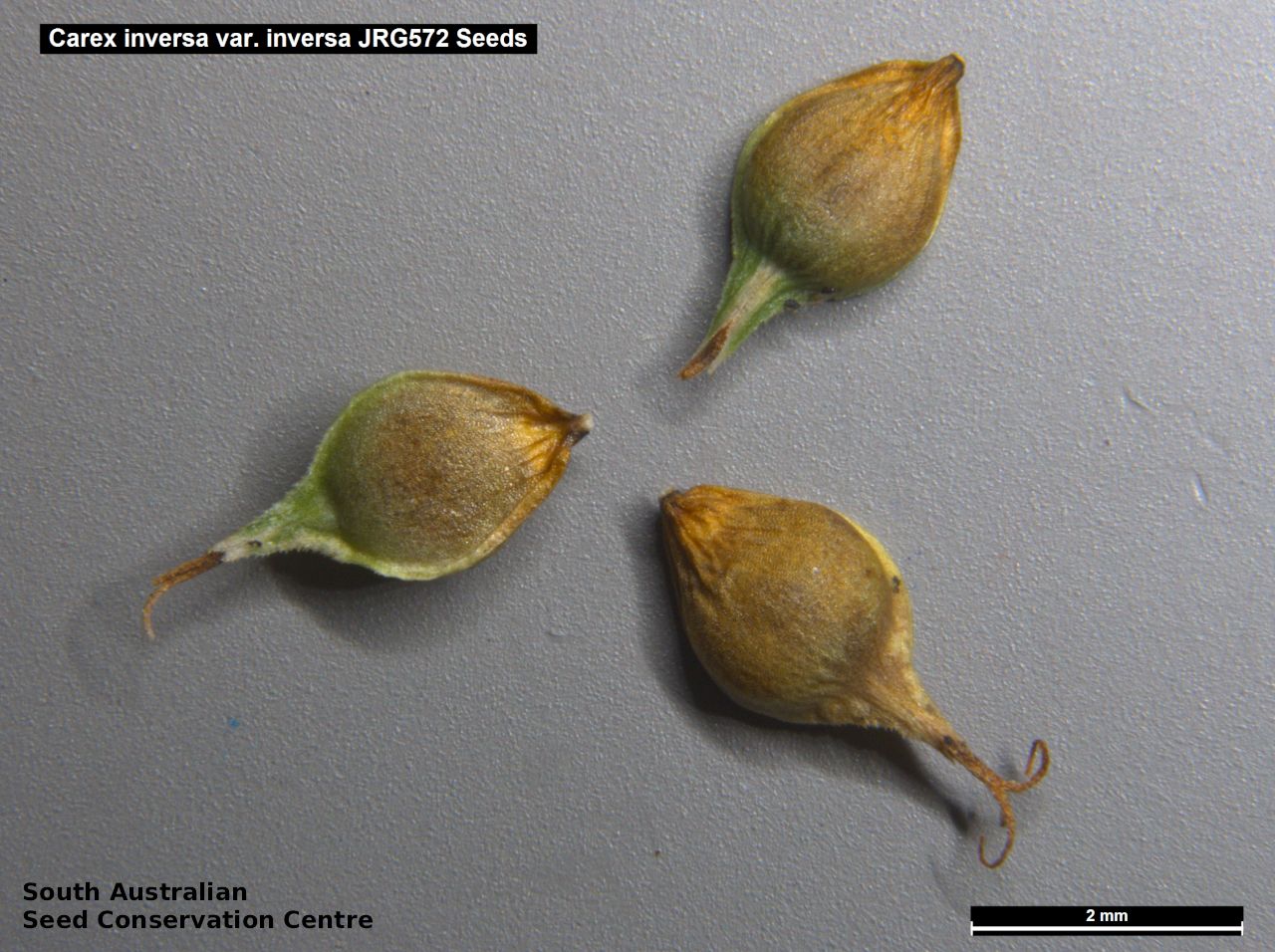

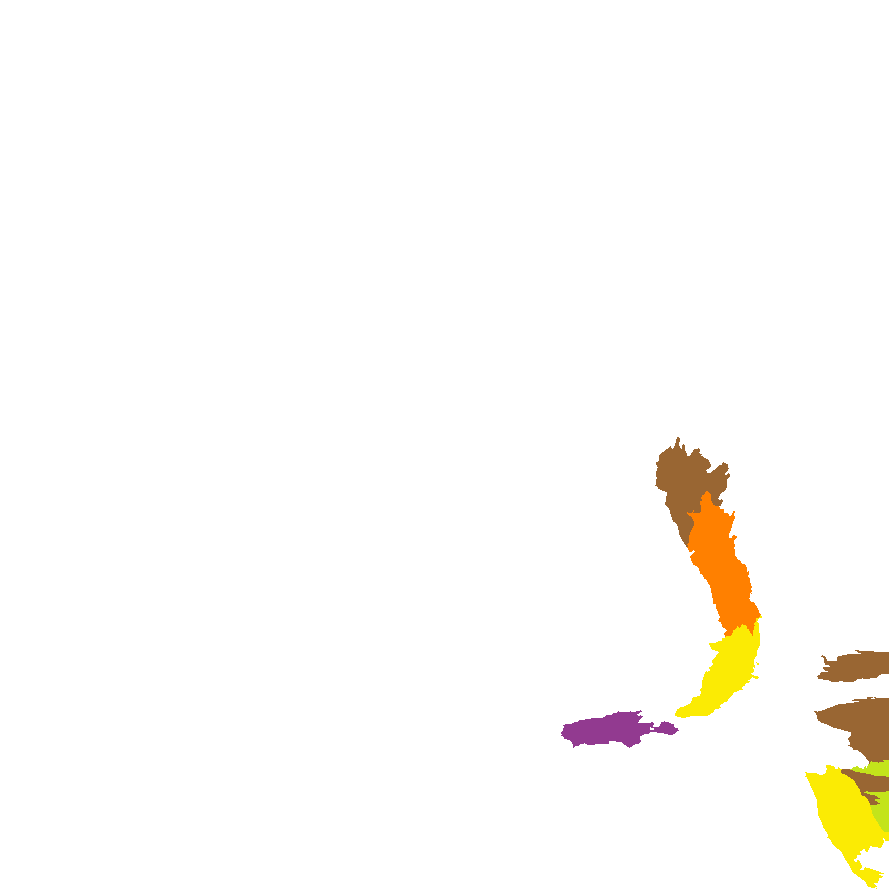
Botanical art
Prior names
Carex chlorantha
Common names
Small Knob Sedge
Knob Sedge
Etymology
Carex is the classical Latin name for sedge, perhaps from 'carere' meaning to be absent, as the upper spikes are staminate (male) and do not produce seeds. May have been used by Virgil for plants in this genus and derives from ancient Greek 'keiro' meaning to cut, referring to the sharp edge of leaf margins. Inversa from the Latin 'inversus' meaning turned upside down, referring to the male flowers being at the base rather than at the top.
Distribution and status
Found on southern Flinders Ranges, Mount Lofty Ranges, Kangaroo Island and the South-east in South Australia, growing in damp places. Also found in all States except the Northern Territory, however, the varieties are not recognised by the other states. Native. Uncommon in South Australia. Uncommon in Western Australia. Common in the other States.
Herbarium regions: Flinders Ranges, Northern Lofty, Southern Lofty, Kangaroo Island, South Eastern, Green Adelaide
NRM regions: Adelaide and Mount Lofty Ranges, Kangaroo Island, South Australian Arid Lands, South East
AVH map: SA distribution map (external link)
Plant description
Sedge with slender stems to 30 cm high. Leaves mostly shorter than culms, to 3 mm with. Bracts 2, leaf-like, close together, much longer than the inflorescence. Flower-spikes 2-4, sessile in a terminal cluster or one a little lower down, ovoid, to 10 mm long, with a few male flowers at the base, the greater part female; glumes acuminate, greenish or pallid tinged with yellow. This variety is distinguished from the other variety recognised in South Australia C. inversa var. major which is larger (to 60 cm high) and have transverse bars on the utricle. Flowering between September and April. Fruits are green-brown, short clusters of heads each containing numerous individual fruit. Seeds are smooth brown ellipsoid nut to 2 mm long and 1.5 mm wide, covered by a papery layer (utricle), smooth with a pointed forked tip. Seed embryo type is capitate.
Seed collection and propagation
Collect seeds between December and April. Collect fruits either by running your hands along the heads; mature seeds will come-off easily, or cut whole heads that are brown, containing dark hard seeds. Place the heads in a tray and leave to dry for one to two weeks. Then rub the heads with a rubber bung to dislodge the seeds. Use a sieve to separate any unwanted material. Store the seeds with a desiccant such as dried silica beads or dry rice, in an air tight container in a cool and dry place. Seed viability is usually high.
| Location | No. of seeds (weight grams) | Number of plants | Date collected | Collection number Collection location | Date stored | % Viability | Storage temperature |
|---|---|---|---|---|---|---|---|
| BGA | 13,990 (13.99 g) | 3 | 3-Jan-2007 | RJB70982 Murray | 1-Aug-2007 | 100% | +5°C, -18°C |
Number of plants: This is the number of plants from which the seeds were collected.
Collection location: The Herbarium of South Australia's region name.
% Viability: Percentage of filled healthy seeds determined by a cut test or x-ray.